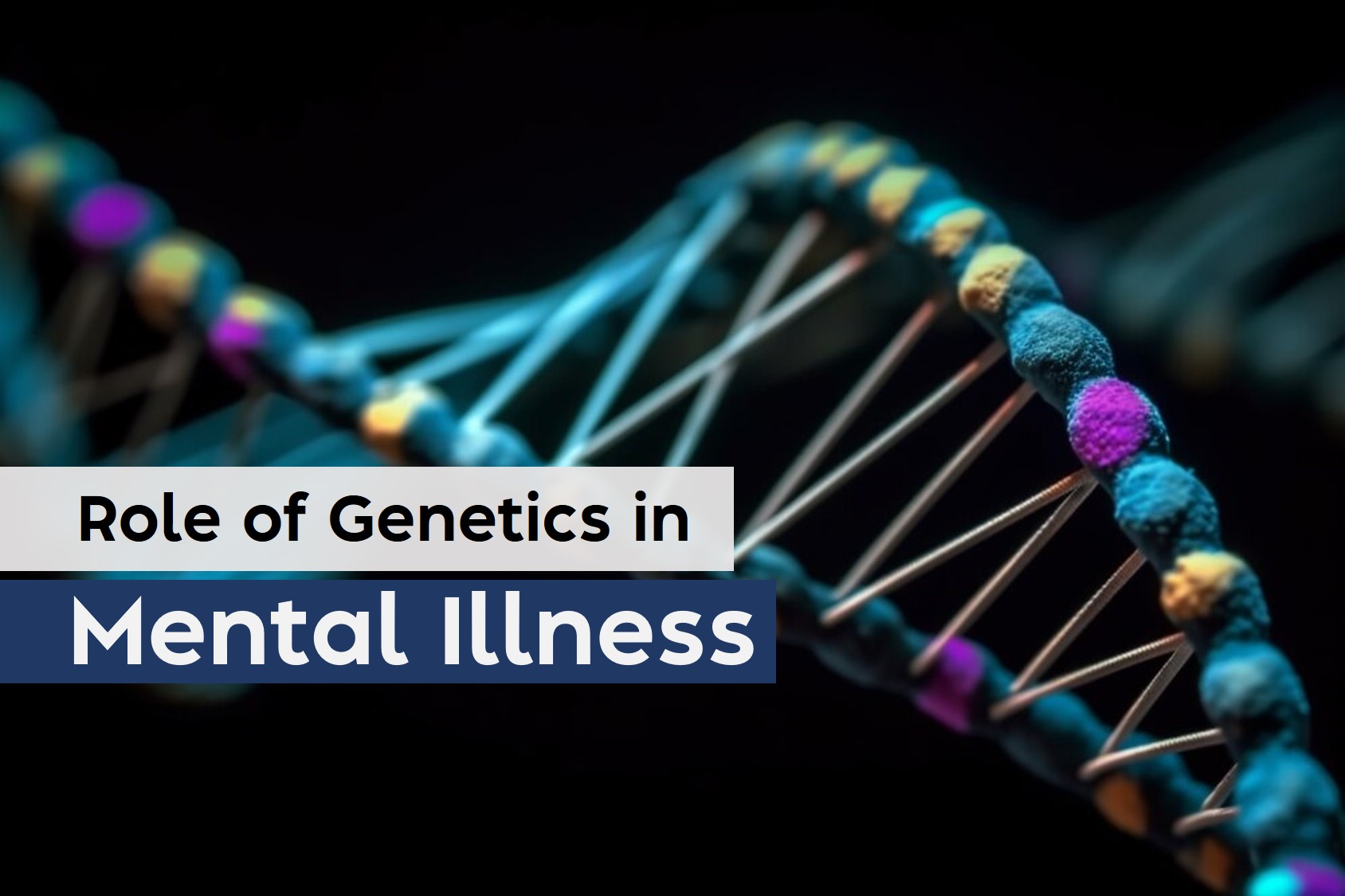The nature vs. nurture debate has long been a topic of interest in the field of mental illness. This debate centers around the question of whether genetics (nature) or environmental factors (nurture) play a more significant role in the development of mental illnesses.
On the nature side, research has shown that genetics can indeed contribute to the risk of developing mental illnesses. Studies have identified specific genetic variations associated with conditions such as schizophrenia, bipolar disorder, and depression. These genetic predispositions can increase an individual’s susceptibility to developing these disorders.
However, it is crucial to recognize that genetics alone do not determine the development of mental illness. The nurture perspective emphasizes the impact of environmental factors such as upbringing, life experiences, and social interactions. Adverse childhood experiences, trauma, and stressful environments can significantly influence the manifestation of mental health conditions.
While having a high genetic load for mental illness can increase the risk of developing such conditions, it does not guarantee that an individual will inevitably develop them. The interplay between genetics and environmental factors is crucial in understanding mental illness development. For example, a person with a genetic predisposition to depression may be more likely to develop the disorder if they experience significant stress or trauma in their lives.
- Understanding the nature vs. nurture debate in mental illness is essential for developing effective prevention and treatment strategies.
- It highlights the importance of early intervention, creating supportive environments, and addressing both genetic and environmental factors.
- By taking a holistic approach that considers the interaction between nature and nurture, we can better support individuals struggling with mental illnesses and promote their overall well-being.
The most implicated genes in mental illnesses include:
- DISC1 (Disrupted in Schizophrenia 1): This gene has been associated with an increased risk of developing schizophrenia and bipolar disorder. It plays a role in brain development and signaling.
- COMT (Catechol-O-Methyltransferase): Variations in this gene have been linked to an increased risk of schizophrenia and bipolar disorder. COMT is involved in the breakdown of neurotransmitters such as dopamine.
- BDNF (Brain-Derived Neurotrophic Factor): Changes in this gene have been associated with an increased susceptibility to depression, anxiety disorders, and post-traumatic stress disorder (PTSD). BDNF is involved in the growth and survival of neurons.
- SERT (Serotonin Transporter): Variations in this gene have been linked to an increased risk of depression, anxiety disorders, and obsessive-compulsive disorder (OCD). SERT is responsible for the reuptake of serotonin, a neurotransmitter involved in mood regulation.
- NRG1 (Neuregulin 1): Genetic variations in this gene have been associated with an increased risk of schizophrenia, bipolar disorder, and other psychiatric conditions. NRG1 is involved in brain development and the regulation of neurotransmitters.
Although genetic predispositions can create vulnerability, environmental factors can also play a significant role. Therefore, even individuals with a high genetic load can take steps to potentially prevent or mitigate the development of mental illness. These steps may include:
- Early intervention: Recognizing early signs and symptoms of mental health issues and seeking appropriate support and treatment.
- Healthy lifestyle: Maintaining a balanced diet, regular exercise, adequate sleep, and stress management techniques can contribute to overall mental well-being.
- Supportive environments: Surrounding oneself with positive and supportive relationships, engaging in social activities, and seeking professional help when needed.
- Therapeutic interventions: Engaging in therapy, counseling, or other evidence-based interventions that can help manage and cope with potential mental health challenges.
- Avoidance of risk factors: Minimizing exposure to adverse experiences, trauma, substance abuse, and other known risk factors for mental health conditions.
Source/s: Banner image by Freepik.com


